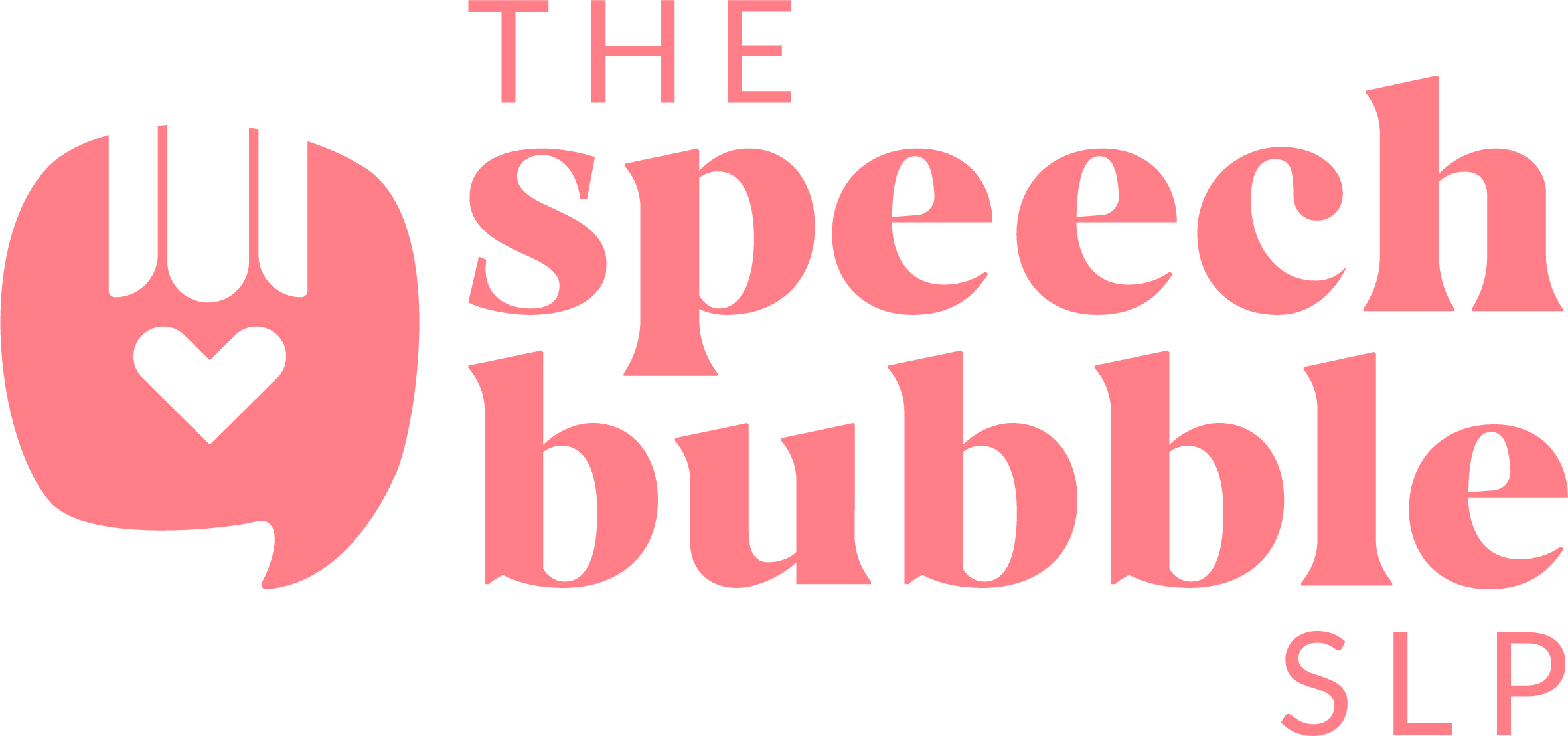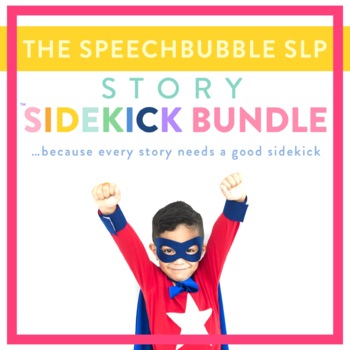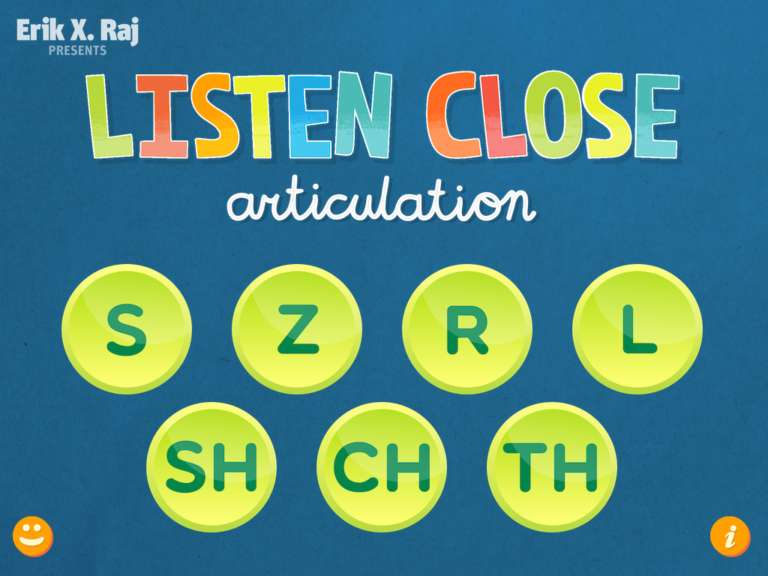Today for What’s Up Wednesday, I want to share some information about writing SMART goals.
| Writing goals. In grad school we spent hours agonizing over wording because it would make or break you. In the working world, the wording of your goal is just as important. A few years ago at the annual ISHA convention I saw a speaker ( Christine Flores, Director of Special Education Lemont School District ) who explained the components and how to write SMART goals. I have written my goals with this format ever since. |
First, what is a SMART goal. No, my caps lock is not getting stuck every time I type the word ‘smart’. The acronym stands for: S – specific and strategic
M– measurable
A– attainable
R– realistic/result oriented
T– timeline
This format is really quite simple. ‘By ( time frame ), ( student ) will make progress towards ( wording from standard you are targeting) by ( skill or strategy ) ( measured by ).’ Here is an example:
By May of 2014, John will make progress towards stating the correct answer to comprehension questions about academically appropriate text by utilizing taught strategies with 80% accuracy and no more than 2 verbal or visual cues. ( CC.X.X )
Let’s take a look at this goal- Time frame: By May of 2014
Student: John
Wording from standard: stating the correct answer to comprehension
questions about academically appropriate text
Skill/Strategy: utilizing taught strategies
Measured by: 80% accuracy with no more than 2 verbal or visual cues
Your objectives or benchmarks would then reflect this overall goal.


















2 Responses
Can I ask a big favor? Would you please write an example of your objectives and benchmarks for the above goal? Please and thank you! 🙂
Sure 🙂 As we know benchmarks are simply the same goal with a gradual change in percentage of accuracy. For this particular goal I could write,” John will answer WH-questions regarding academically appropriate text with 60% accuracy” ” ….. with 70% accuracy.” and so on. For objectives I tend to site for specific areas within the overall goal such as ” Using taught strategies, John will answer inferential questions about academically appropriate text with 80% accuracy and no more than two verbal or visual cues.”. My objectives still have some of the SMART goal format with the exception of the time frame element. I hope that helps.